Missouri's 2021 scores: SPS reading above state average, math below — both fell from 2019
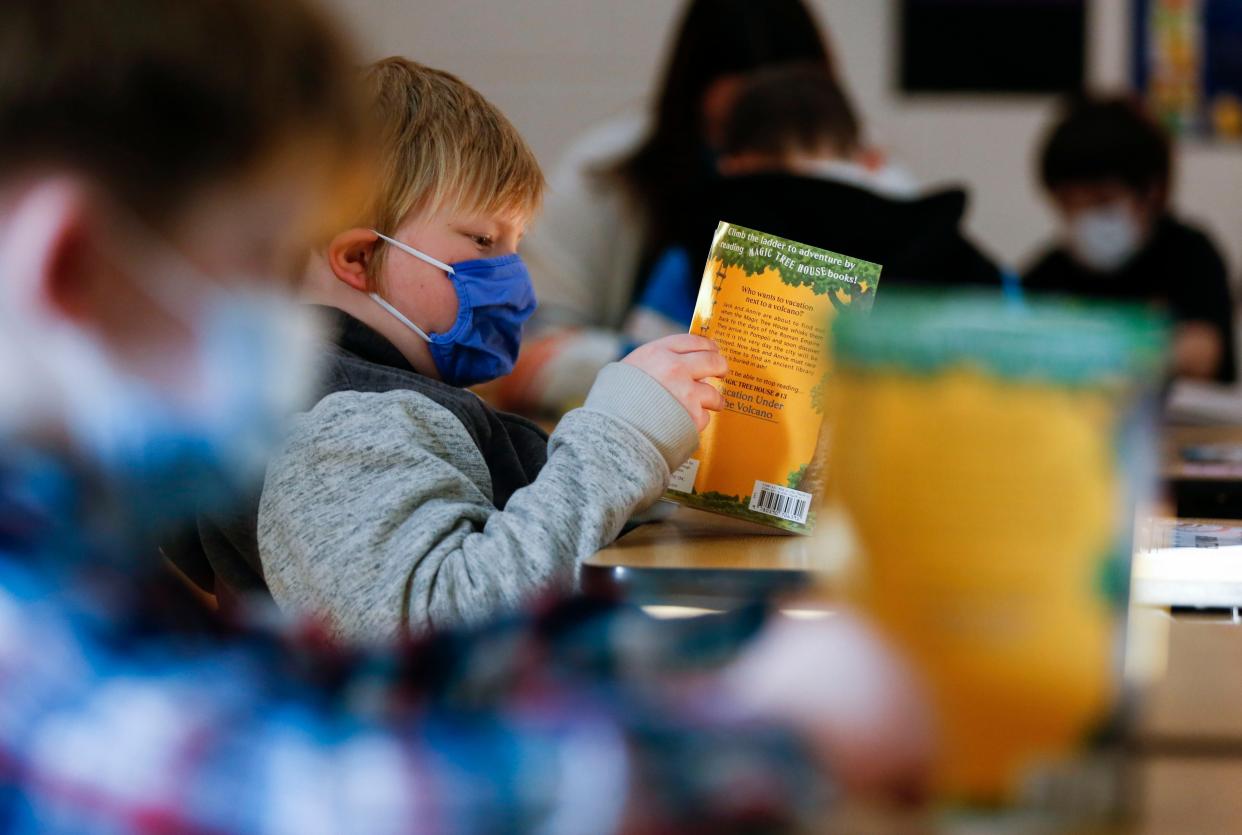
The number of Springfield students scoring at grade level in reading and math declined in spring 2021, according to state test results released late Wednesday.
They were given nearly seven months ago, slightly more than a year after the COVID-19 pandemic officially arrived in the Ozarks.
Noting the unprecedented level of disruption brought by the pandemic, the state will not penalize districts for any drops this year.
The state did not give exams in spring 2020, when school buildings were shuttered. The comparison of results from 2021 with 2019, the last time the exams were given, offers a glimpse into the impact of the pandemic.
"Last year was something we don't ever want to experience again," said Superintendent Grenita Lathan, who joined the district July 1. "But it still is the baseline. Here is where we are, based on our performance. There are gaps that we will need to address moving forward."
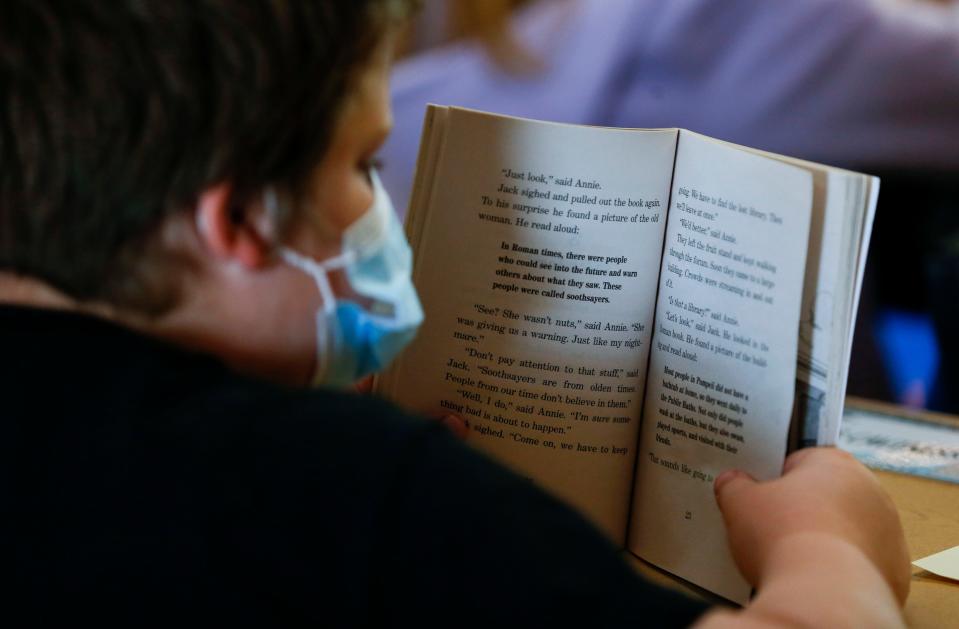
Fewer students in Springfield, and across Missouri, took the exam in 2021. The state did not report it publicly but stated students who learned in person last year, even in hybrid models, performed better on exams than those who only learned virtually.
In Springfield, and the state, elementary saw a bigger decline in the number of students scoring at or above grade level than middle school.
Math scores were lower overall, and the drop was higher, than in reading. That was true in Springfield and across Missouri.
"The value is definitely looking at how we, as a school district, perform as it relates to the state," Lathan said.
The state tests students in reading and math each year in grades 3-8 and gives end-of-course exams in key subjects at the high school level.
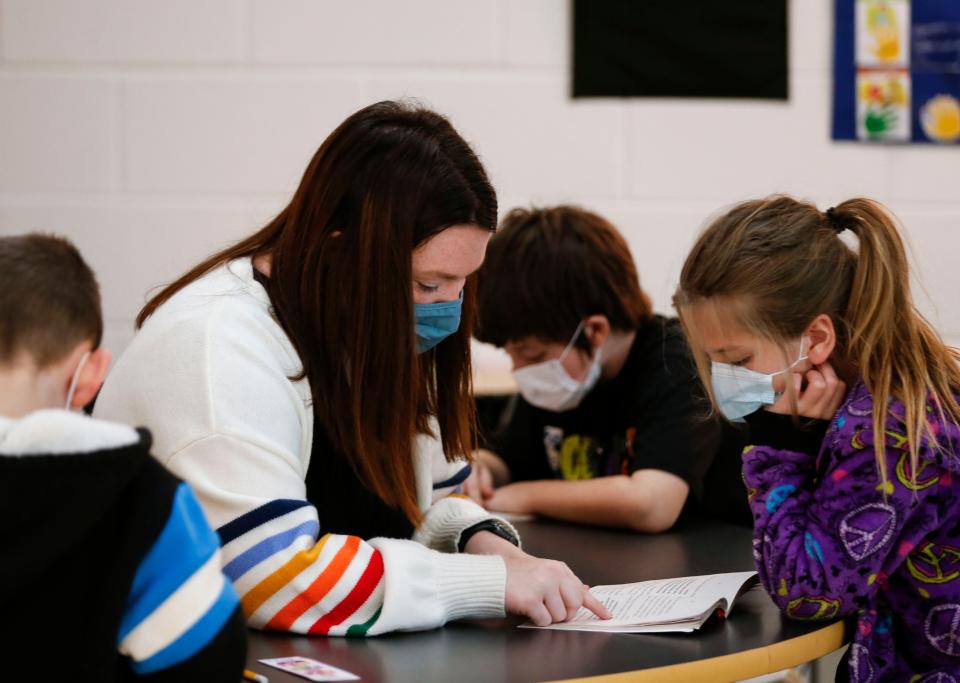
In mid-September, the state released its overall test results for 2021. They showed 45 percent of students in reading and 35 percent in math scored at or above grade level on the required exams, which are used to evaluate progress annually.
Springfield was slightly higher than the state in reading with 47.3 percent at grade level — outperforming the state overall and in nearly all tested grade levels — but was lower in math with just 33 percent hitting the benchmark.
The district posted the biggest gains in reading and math in grades 7-8. And the largest loss in reading, grades 3 and 5 as well as fifth-grade math.
There were schools singled out. Wilson's Creek Intermediate performed well overall and was recognized as a Missouri Gold Star School and a National Blue Ribbon School in recent months.
Fremont Elementary was up in reading but the biggest gain was math, which jumped from 12.7 percent in 2019 to 21.2 percent this year.
Asked about math, Nicole Holt, deputy superintendent of academics, said teachers were utilizing three different math curriculums in 2020-21 as the district was transitioning to a new set of lesson plans.
"Some of the curriculum we were using did not have the ability to totally transfer to our hybrid or online models," Holt said. "We ended up using a variety of tools to support our kids and we just know that their fidelity is not what we'd want from a regular curricular tool that we could utilized with everyone, all the time."
The school board, aware that math scores have been at or below state level for a while, has beefed up training in that area and added more math or numeracy coaches.
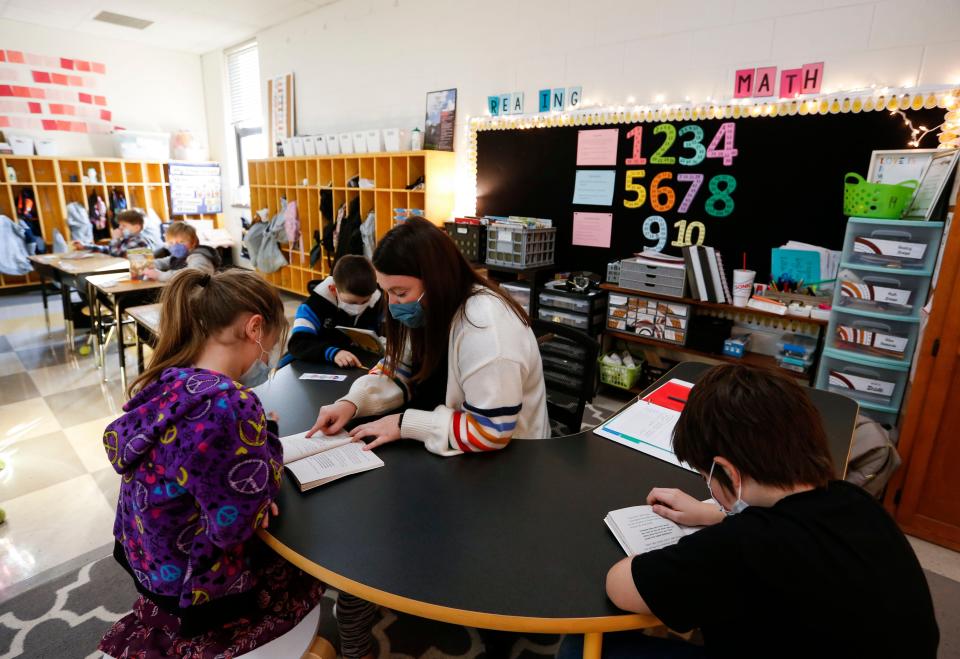
Weaver Elementary made a significant jump in reading with 48.6 percent of students at grade level compared to just 35.8 percent in 2019.
Principal Cindy Webster said the gains were the result of an intense focus on literacy by teachers.
"Last year, we did whole group book studies and we used books that were really high engagement books for kids," she said.
Webster, recently honored as the National Distinguished Principal in Missouri, said she wrote grants to obtain popular books by noted authors.
"I wanted our kids to have that experience of reading the first book in a good series and getting hooked on it and wanting to check out the rest of the books from the library and keep reading them," she said.
"So I got the first 'Magic Treehouse,' I got an 'I survived' and a 'Who Was,' which is like a biography written in a really good format for kids," she said. "And our teachers were on board. They're such good instructors."

Webster said the goal was to get back to the "heart of learning" in the classroom, when it comes to literacy.
"It is really loving to read, and a desire to read, and a motivation to read, and having good discussion and writing about it," she said. "All teachers implemented that last year and I think we'll continue to see progress this year."
The pandemic created new challenges for teachers and families, said Webster, noting there has been "a great deal of learning loss."
"It affected us the most in math because math is new concepts every year," she said. "Whereas, in ELA (English language arts), or in science, we're always building on the same concepts and there is a lot of spiral to that."
Webster said seeing that students made gains during a year with such upheaval is more rewarding and praised teachers for making it happen.
"We were doing the best with the time that we did have them to make sure it was really rich instruction," she said. "It's encouraging that we were able to make some progress, even with all those barriers."
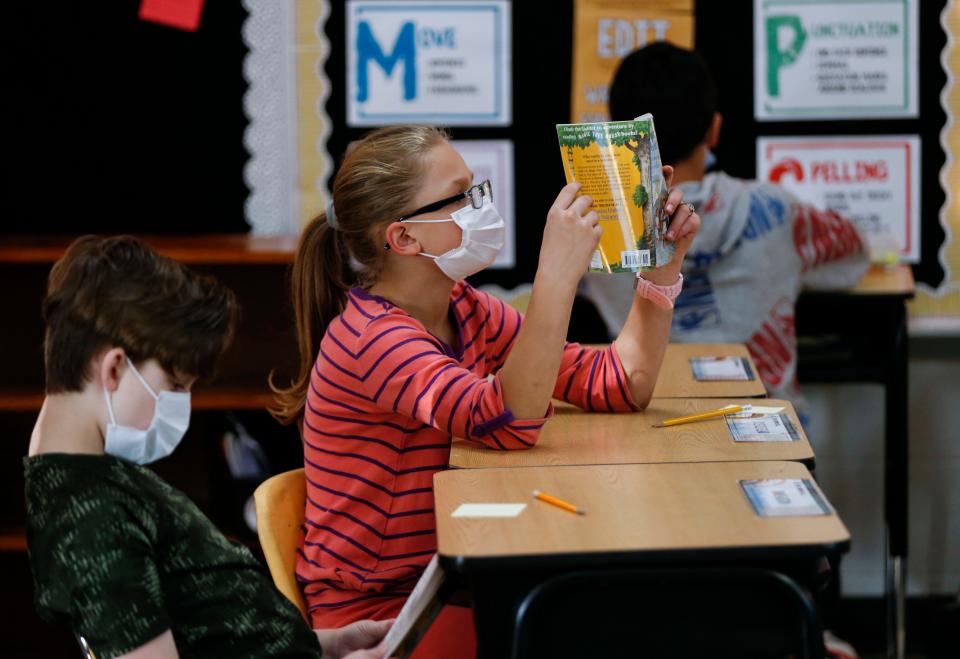
The results released late Wednesday illustrate the achievement gaps that exist between different student subgroups for elementary, middle and high schools.
The district can compare students who qualify for free or reduced price school meals, a national measure of poverty, and those who do not. They can also look at achievement based on different ethnic groups and break out students who receive special education or English language learner services.
"There's a gap between those students that are proficient that pay for their lunch versus those students who are receiving free lunch," Lathan said.
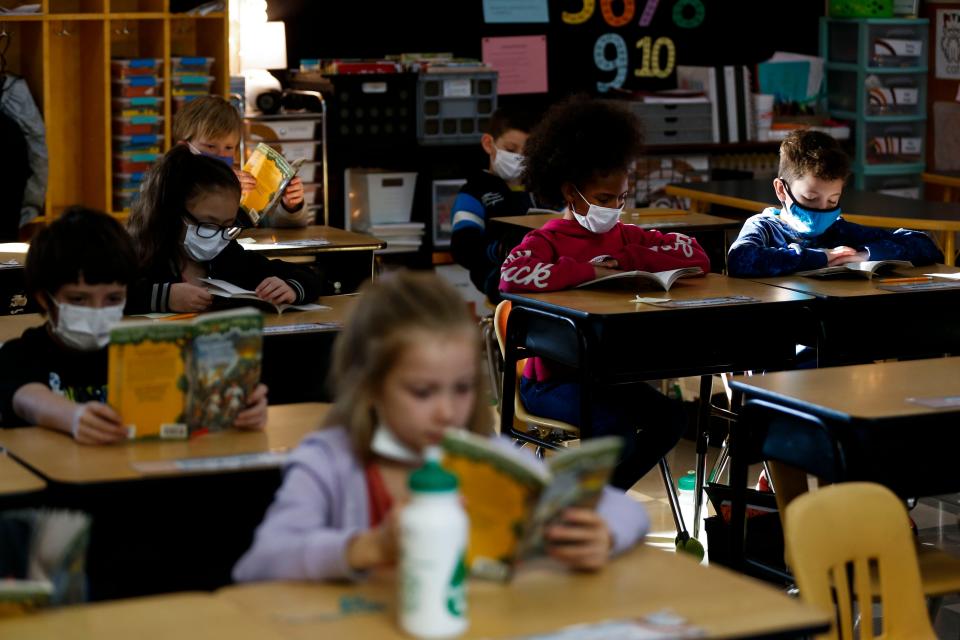
The district pointed to gaps in reading and math at the elementary level:
In reading, 43 percent of students were at or above grade level in 2021, down 6 percent from 2019. In math, 33 percent hit the mark, a drop of 5 percent.
For students who pay full price for school meals, 60 percent were proficient in reading and 48 percent were proficient in math. For students qualifying for free meals, 29 percent were proficient in reading and 19 percent in math.
The proficiency in reading was 48 percent for white students compared to 22 percent for Black students and 28 percent for Hispanic.
For math, proficiency rates were 37 percent for white students compared to 12 percent for Black students and 18 percent for Hispanic.
Overall, middle schools in Springfield saw modest gains overall with math up 3 percent overall from 2019 including in the subgroups free meals, white, Black and Hispanic students.
Still, there were gaps in middle school identified by the district:
47 percent of students scored at or above grade level in reading, a drop of 1 percent from 2019. In math, 32 percent hit the mark, an increase of 3 percent.
For full-pay students, 62 percent were on track in reading and 47 percent in math. Among students qualifying for free meals, 31 were on track in reading and just 17 percent in math.
The proficiency in reading was 51 percent for white students compared to 24 for Black students and 35 percent for Hispanic.
For math, proficiency rates were 35 percent for white students and 12 percent for Black students and 22 percent for Hispanic.
Gaps also existed at the high school level, where end-of-course exams are given for core academic areas. The district pointed to the following disparities:
In English language arts, there was a gap between full-pay students and those who qualify for free meals — 64 percent compared to 36 percent.
Proficiency levels in ELA exposed a gap between white students at 56 percent and 26 percent for Black students.
Only 30 percent of students were proficient on the algebra end-of-course exams overall.
A closer look shows the proficiency rate in algebra was 40 percent for full-pay students compared to 17 percent for those qualifying for free meals. It was 31 percent for white students compared to 10 percent for Black students.
The graduation rate
For the second year in a row, Springfield has achieved the highest graduate rate in the history of the district.
The four-year graduation rate for 2021 was 93.8 percent, up .5 from 2020.
For four student subgroups, the rate improved in 2021: Black and Hispanic students, English language learners, and students eligible for free lunch.
Claudette Riley is the education reporter for the News-Leader. Email news tips to criley@news-leader.com.
This article originally appeared on Springfield News-Leader: Missouri releases state test scores. How did Springfield students do?

